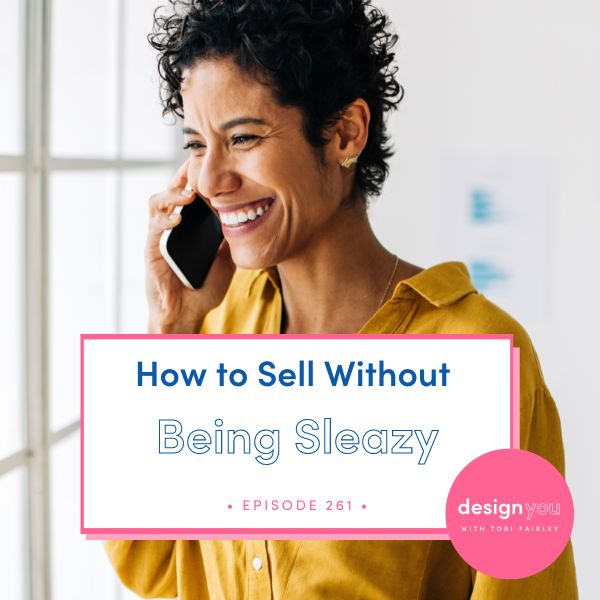
Following on from our marketing episode last week, as promised, I’m back with a show all about how to sell without being sleazy. I coach on selling all the time, and it’s fascinating how many people tell me they’re bad at selling and it feels awful, so if this sounds like a familiar story, this episode is for you.
Continually thinking negative thoughts about selling is making them all true for you. We all want more money in our design and creative businesses. However, if you’re showing up to sales conversations with the belief that you’re taking advantage or asking for a favor, increasing your sales becomes impossible.
Tune in this week to discover my 10 requirements for effective, non-sleazy selling. I’m sharing how to frame potentially bothering people so you don’t let it stop you from finding your ideal client. I’m also showing you how to start thinking differently about hearing the word “no” in your sales conversations, so you can start getting in front of more people without fearing rejection.
If you’re ready to stop the feast and famine cycle in your business, get my Build a Better Business Design Guide! This is an amazing resource to help you build a sustainable and profitable business, just click here to get it.





